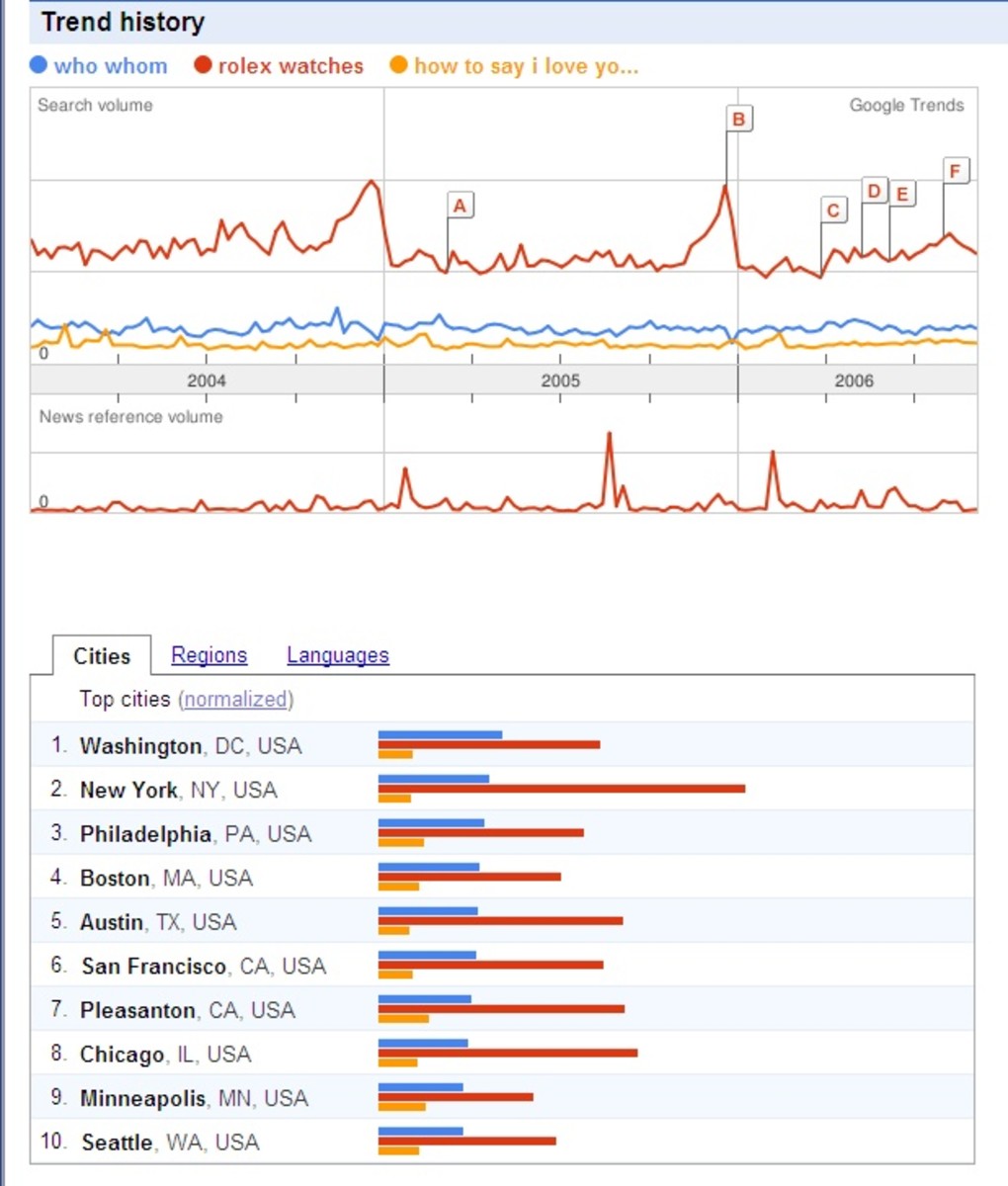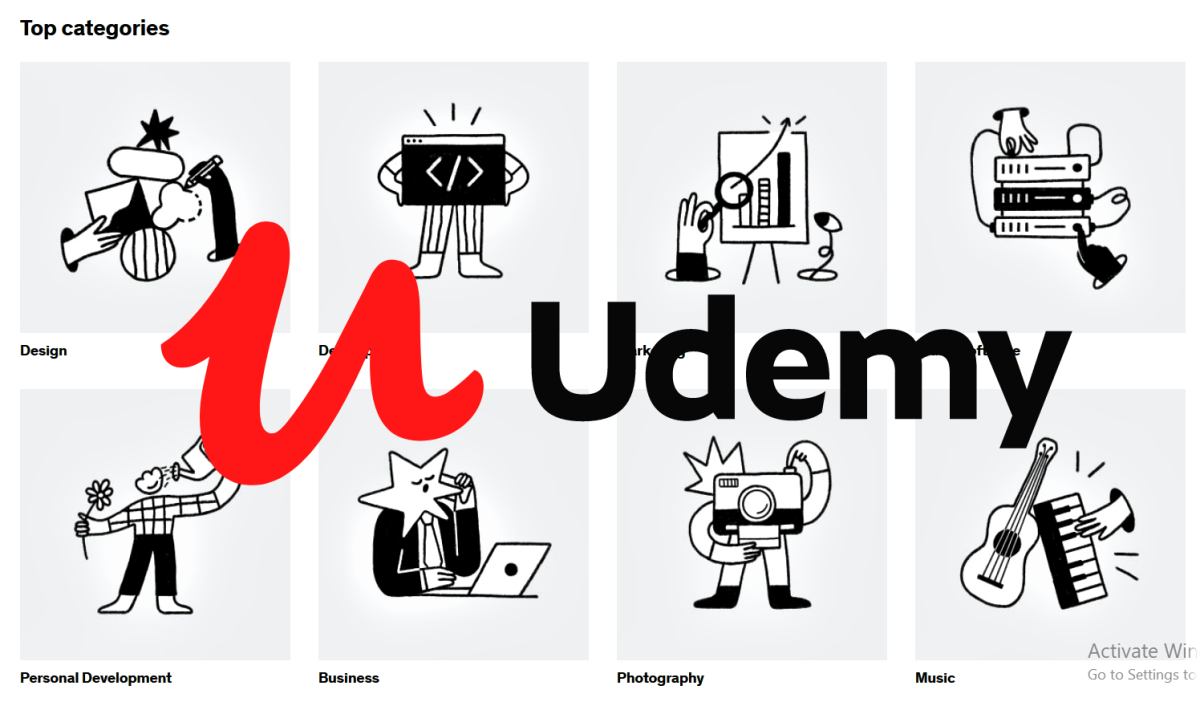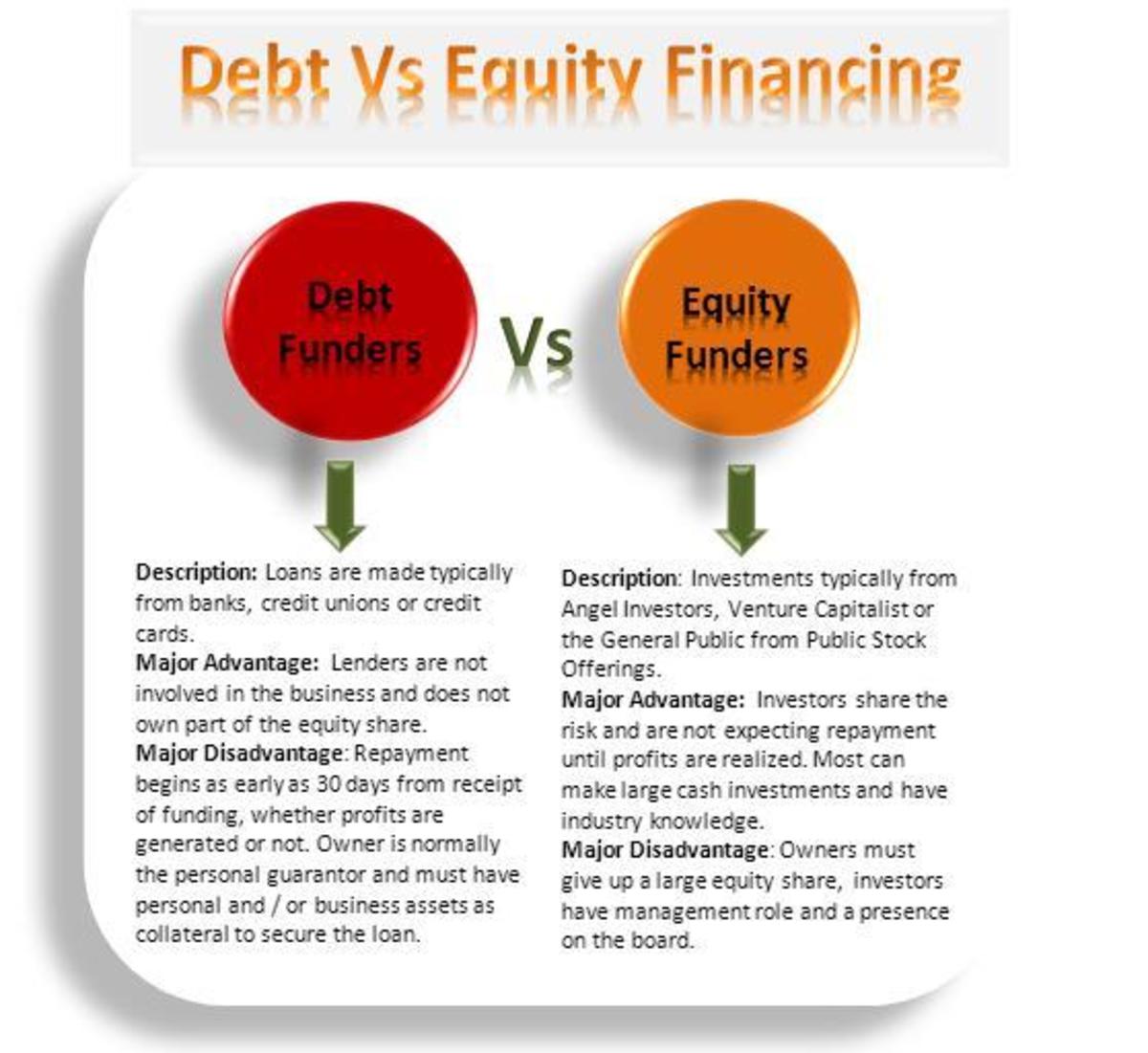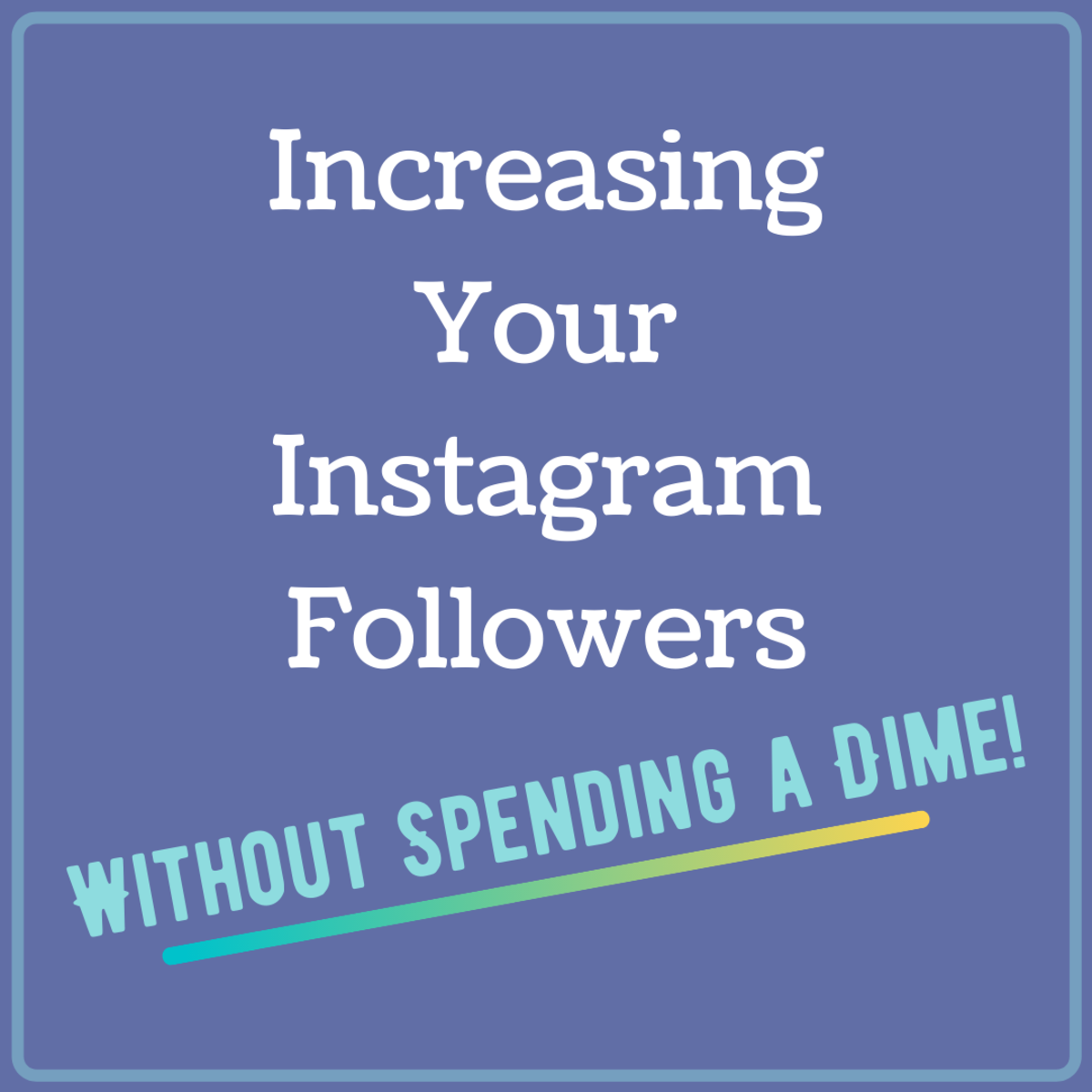Seasonal vs Evergreen Content Dilemma: What's Best For You?
For any online marketing and search engine optimization strategy to get results, you must have great content. Great content is the foundation of any great website. Content developers are usually faced with the dilemma of what to write about next. More often than not, they have been engaged in the debate whether to go with seasonal or evergreen content. The seasonal vs evergreen content dilemma is not about to go away any time soon. What is the difference between seasonal and evergreen content and which one should you go for? Each has its own benefits and drawbacks. This article will look at both and which scenarios are suitable for each type of content.
What is seasonal content?
Seasonal content are usually topical and focus on trending topics. It can either be time or event-based. The content is usually relevant for a given period of time. Examples of seasonal content include industry news, upcoming seasons or holidays. While you can prepare seasonal content in advance, their relevance will be over once the occasion is over. Some content that would fall under seasonal content include;
- 5 gifts to get your valentines date.
- How to decorate your house for Christmas.
- The most expensive transfers of the 2019/2020 season.
- How to keep warm during the winter.
- Budget-friendly ideas for a Halloween party.

Seasonal content is mostly used to attract attention, traffic, and leads to the brand. The content is highly shareable as it is what almost everyone is talking about at the moment. The purpose of seasonal content is to prove to your audience that you are in tune with the current trends and you produce content that they find relatable. It helps build brand awareness, and boost loyalty and trust to the brand.
Industries that use seasonal content are usually those that constantly experience a change in trends such as fashion, technology, finance, media, and the gambling industry.

What is evergreen content?
Unlike seasonal content, evergreen content is more long-term. It isn’t limited by time and stays relevant throughout. It is a secure, constant and sustainable way to grow traffic and audience to your website. Evergreen content makes use of product reviews, case studies, how-to-guides, statistics, tips, and problem solutions to educate the audiences. An example of evergreen content is a “How To Put Up A Backyard Garden” article. When doing evergreen content, you should strive to stay engaging, clear and authentic.

Advantages of Seasonal Content
Seasonal content is fairly used in blogs because of its immense benefits. Some of the benefits include;
- Boost the image of the brand
Seasonal content shows that the brand is up to date with the current trends in the industry and that it cares about what is going on. It is proof that the brand cares about its audiences’ interests and needs, therefore boosting trust in the brand. When a brand constantly provides up-to-date seasonal content, it positions itself as trendy and it helps the brand to stay relevant within their niche.
- Stay relevant
Once in a while, some seasonal content find their way back to the trending topics and the brand can revive and capitalize on them for relevance. For example, an article about Valentines Day from last year can still be relevant this year, and may only need a little tweaking. Such seasonal content are usually referred to as true seasonal.
- Great for getting leads and sales
Seasonal content can help a brand to get leads and sales for its products, especially if the products are related to what is currently trending. The content would enable the user to find what they need for instant gratification. As long as the content is crafted in such a way that it can help the audience to make well-informed purchasing decisions, it will bring in leads and sales. For example, content on gift cards during Christmas or Valentines can bring in leads from people who are looking to gift their loved ones.
- Building an audience around your blog
If you are looking to build an audience for your brand within a short period of time, then seasonal content will get you the results you need. By providing what your audience is looking to consume at that particular moment, you get to establish brand recognition and reputation, thereby increasing the audience to your blog. Instagram and Twitter have positioned themselves as great platforms for seasonal content. The huge traffic that comes with the interest in trending topics leads to an increase in audience.
- Helps the website become optimized for mobile users
Consumers of seasonal content want concise information so that they don’t have to dig around for information. They are not looking for case studies. They want information on the go. This forces websites to have a mobile-friendly interface so that the audience can stay longer on the landing page.
- Less competition
Apart from a few industries such as fashion and tech, few brands use seasonal content. Most prefer to use evergreen content for long-term purposes. This means that there is less competition in seasonal content. As long as you can consistently create content that is relevant to the trending topics and tap into people’s fear of missing out (FOMO), you will be able to attract audiences to your site.
- Gateway to lots of backlinks
When done and timed right, seasonal content can get you a lot of backlinks. When the brand establishes itself as an authority within the industry, other websites will link back to it. This allows the brand to also boost other posts on the website that have much traffic by using internal linking strategy.
Advantages of Evergreen Content
- Constant traffic to the website
Evergreen content are usually timeless. This means that you will have a constant steady flow of traffic to the website and shares. This means that evergreen content is key to the long-term growth of the website and the brand.
- No pressure
Unlike seasonal content, there is no rush to find information for evergreen content. You don’t need to stay up all night catching up on the trending topics. You can take time to develop quality content without worrying whether they will be relevant by the time you are done. This takes the pressure off your back and you can come up with quality content.
- Cater to both new and old audiences
Evergreen content has more in-depth information than seasonal content. This means that even new audiences will find it easier to understand the topic of discussion and relate to the contents of the site. This way, you are able to establish your brand as a thought leader and attract new audiences to your website.
- Easier to update
Evergreen content can be easily updated in the event that new information or research suffices. This enables it to also take advantage of trending topics as well. Evergreen content rarely needs to be updated though, and you only have to do it if the new information is relevant to your readership.
- Serves the whole blog
Because it builds traffic and establishes the brand as a thought leader, evergreen increases the visibility of the whole website and not just the landing page. A single engaging article could spark a reader’s interest in the other articles as well. You won’t need to invest in boosting traffic to each article on the website.
- Establish yourself as a thought leader in your industry
Since you will need to go beyond keeping up with new trends and provide your audience with detailed information, evergreen content allows you to establish your brand as a thought leader within the industry. This builds on your brand’s reputation and increases visibility. As a result, your website could get a lot of backlinks from other industry players.
Disadvantages of Seasonal Content
Despite being an excellent strategy for getting traffic to your website, seasonal content comes with its own fair share of disadvantages. Some of them include;
- They get irrelevant with time
As time goes by, seasonal content becomes stale and irrelevant. Though it comes with high traffic, the traffic only lasts as long as the trend. It is a short-term engagement strategy with a limited lifespan. It is easy for seasonal content to be overtaken by events. For example, news of Koscielny leaving Arsenal became irrelevant as soon as the club unveiled a new signing.
- The content is only relevant to those who are knowledgeable on the topic
Seasonal content only generates hype among audiences who are well-versed on the topic. This means that the rest of your audience will find the information irrelevant and of no use to them. New audiences might feel left out if they have no idea of what is being talked about. Given the novelty and jargon used in seasonal content, new audiences might be scared away because the content is complicated and difficult to understand.
- You have to work hard to stay relevant
Because of its quick turnover time, seasonal content forces you to work hard to stay updated and relevant on the latest trending topics. You have to have your ears out on the daily or you risk missing out on topics that could be important to the brand. For example, news on cryptocurrencies could change within an hour. You have to continually research on industry news or you will play catch-up.
- High risk of bounce-offs
Seasonal content is only relevant to people who have an interest in particular topics. People who have no interest may click on a link just because of curiosity then leave the site soon thereafter. They are also likely to leave if your content isn’t as interesting as the content on other sites. High rates of bounce-offs could jeopardize your SEO ranking. You need to keep website visitors on the site.
Disadvantages of Evergreen Content
Some of the disadvantages of using evergreen content include;
- Content can become basic and boring
Over time, evergreen content may become obvious and boring to the audience. For example, how-to-guides may be the same across a number of sites. Since evergreen content is mostly long-form, your audience could lose interest midway if the post is not engaging enough.
- Content needs detailed research
While seasonal content needs you to only keep up with the trending topics, evergreen content requires you to do a detailed research so that you can come up with informative and engaging content. The focus is on quality and not quantity.
- High competition
Almost everyone uses evergreen content for their websites. The competition to get a higher ranking on Google SERPS is very high. This means that you have no room for slacking or you will get overtaken by your competition. You will be covering almost the same topics as your competitors, so the pressure to do it differently from your competitors in order to be relevant is very high.
- Risk of running out of ideas
With time, you are likely to run out of new topics you can cover. If approached without caution, you could end up with content that lacks originality and scare away your audience. This can ruin the brand reputation which could have taken years to build. Content that is plagiarised could also result in legal suits. Evergreen content needs a lot of creativity to stay relevant.
So, which one should you go for?
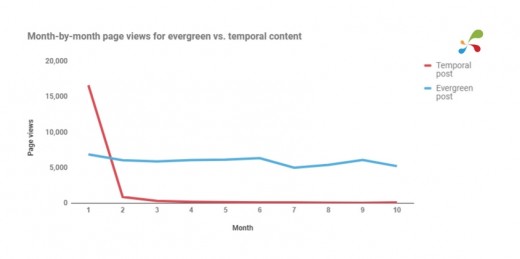
Different situations may call for different types of content. If you are looking to build traffic within a short period of time, then you should go for seasonal content. For long-term marketing strategies, then evergreen content is more suitable if you have the patience. You may need to experiment with both to find out which one suits your business the best. You can, however, enjoy the best of both worlds by striking a balance between the two. Sticking to one type of content could be restricting for the brand and it may fail to reach its full potential. Remember that relevance is key no matter which strategy you choose to go with. Always do a market research to understand which topics are relevant to your audience.
There is also the rise of ephemeral content. Ephemeral content are content on Snapchat, Instagram and Facebook Stories that disappear within 24 hours. You can use ephemeral content to give your audience previews into your upcoming posts.
How to create the best content for your website
Whichever type of content you choose to go with, quality plays an important part in driving up traffic. Here are a few tips to help you create the best content for your website;
1. Do an in-depth research on the topic and relevant keywords
Research is always important if you want to come up with useful and relevant content. Jumping on topics simply because they are trending could backfire on you. It is important to also know the right keywords to use in your content.
Settling on a good topic and keyword is not enough for evergreen content. You also have to come up with an angle that would be interesting to the reader and make them prefer your article over the others. It also ensures longevity. For example, writing on SEO in general could last longer than writing on a particular factor that helps in ranking. Once the algorithms change and the factor becomes redundant, your article may lose its relevance.
2. Provide answers
The trick in quality content is to provide all answers on a particular topic, especially for evergreen content. Give the audience everything they would like to know about the topic in question. Include infographics if you have to. Besides providing the information, the tone of your voice in the article and the design in which it is presented also matters. Pay attention to the structure of the article too.
3. Stay updated
Over time, new research and information are bound to come up. Stay updated on the industry news and regularly update your content with new information whenever necessary. It is the only way to stay relevant with evergreen content.
For seasonal content, keep up with industry news so that you don’t miss out on topics that could get you massive traffic. However, don’t be in a rush to be the first to break the news. Accuracy and reliable information matters just as much.
4. Develop an editorial calendar
It is advisable to plan your website content should be planned ahead of time, regardless of whether they are seasonal or evergreen. Unpreparedness always leads to poor quality content. You know which events planned for the future are relevant to the brand so don’t wait until the last minute to try and come up with content. If you are planning a winter sale, don’t wait until the winter to think of the content. You can also post seasonal content ahead of the event. For example, you can do a post on a movie that is yet to be released. With a well-thought editorial calendar, you can never get it wrong.

